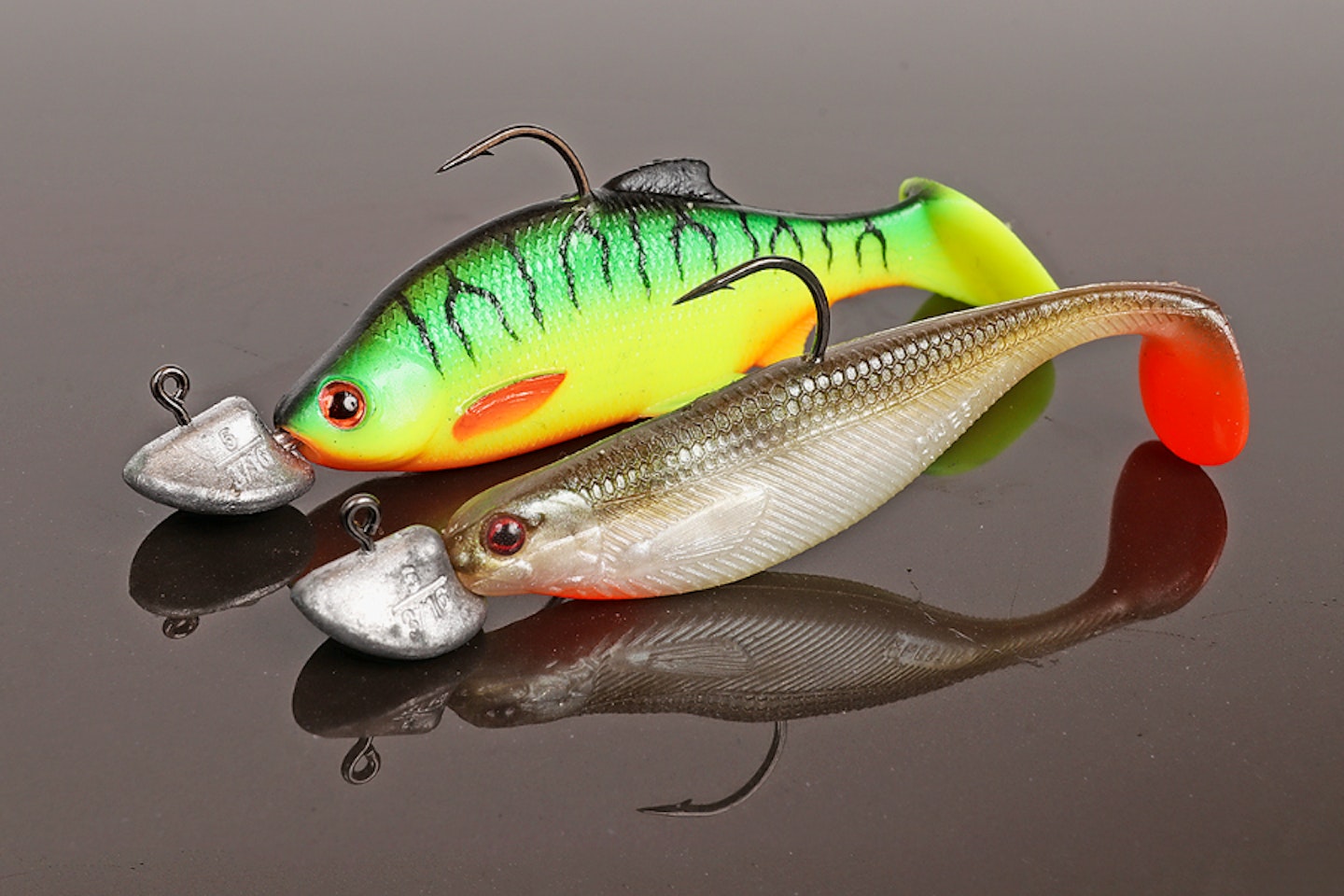Perch fishing, regardless of the season offers different challenges, as the weather conditions influence the behaviour of these spiny predators. However, understanding the reasons why the temperature and water conditions influence their demeanour throughout the year is essential and applying a few rules will influence how and when to target perch.
Keep an eye on the temperature
One of the most crucial factors in successful perch fishing is water temperature. As the mercury rises and falls, so too do the activity and feeding patterns of these elusive predators.
In warmer waters, perch are more aggressive and more likely to chase down larger, flashier lures. A faster retrieve can often trigger strikes. However, as temperatures drop, a more subtle approach is required. Smaller, slower movements and smaller lures are essential for enticing bites in colder conditions.
STAYING WARM AND DRY DURING COLDER MONTHS IS IMPERATIVE FOR A PRODUCTIVE FISHING SESSION, SEE OUR GUIDE TO THE BEST WINTER WATERPROOFS.

Autumn use crankbaits for aggressive bites
Autumn offers perfect conditions for targeting perch with lures, and crankbaits are a great choice. Their small size and distinct swimming action make them irresistible to predators.
When selecting a crankbait, consider the size and diving depth. Lures in the 6cm to 9cm range are ideal for perch, the vein which dictates the depth at which these lures will dive will vary and most have a guide to the maximum depth they can achieve, so be mindful not to use a lure that will dive deeper than the depth of the venue you are targeting.
To maximise the effectiveness of the lure and to entice a strike, vary your retrieve. Use quick bursts on the reel or rod tip, allowing the lure to dive and then float toward the surface to the dive again, to imitate a sick or injured fish. Crankbaits can be worked quickly through a swim, allowing you to cover a larger area therefore increasing your chances of a bite.
A PAIR OF THE BEST FISHING POLAROIDS WILL HELP YOU SEE DEEPER INTO THE WATER, IMPROVING YOUR LURE FISHING.

Winter requires subtlety and precision
As temperatures drop, perch become less active and tend to stay closer to the bottom. Therefore a sinking lure will allow you to present and work a lure close to the bottom. For a weedless presentation, use soft shads in the 4cm to 9cm range, again using deliberate motions to work the lure close to the bottom. Another effective option is the drop shot rig, this can be used with great subtlety and precision and allows you to present the lure directly in front of the fish.
THE BEST TACKLE BOXES WILL KEEP YOUR LURES SAFELY STORED AND ORGANISED.

During the coldest months, perch may seek refuge in cover and hide in sunken structures and feed only for short periods, to target perch in these conditions, the use of creature baits is recommended, they can be used to great effect presented on a texas rig, although associated with targeting bass the texas rig can be as equally effective for stripies. Choose small rubber creatures with a slim body.
A GOOD SPINNING REEL IS ESSENTIAL FOR EFFECTIVE LURE FISHING, OUR GUIDE TO THE BEST SPINNING REELS, HIGHLIGHTS THE STAND OUT OPTIONS.

Lure colour? A matter of preference
Lure colour plays a role but this is purely more of a preference and a confidence choice, there's no perfect answer. Experiment with different colours, ring the changes to find what works best in your local conditions, light levels and turbidity will influence how colours are perceived so its always best to have a variety to improve your chances.
ONE TO GIVE LURE FISHING A TRY, THEN OUR TOP 5 ANGLING ESSENTIALS FOR LURE FISHING IS THE IDEAL PLACE TO START.

